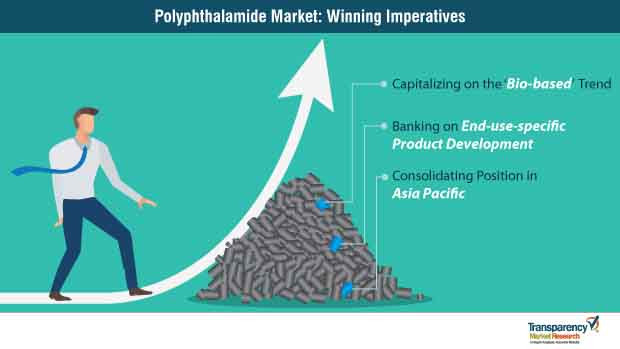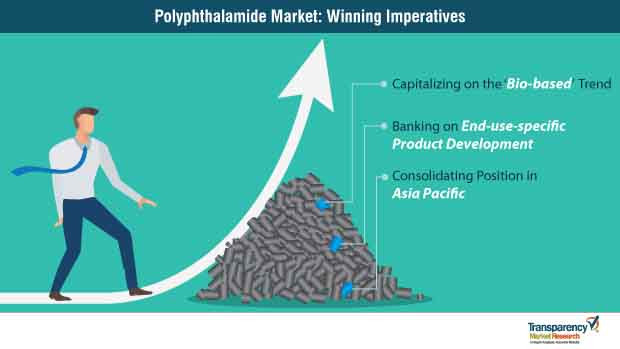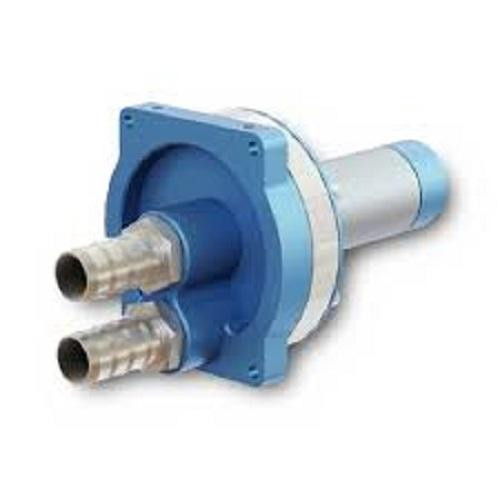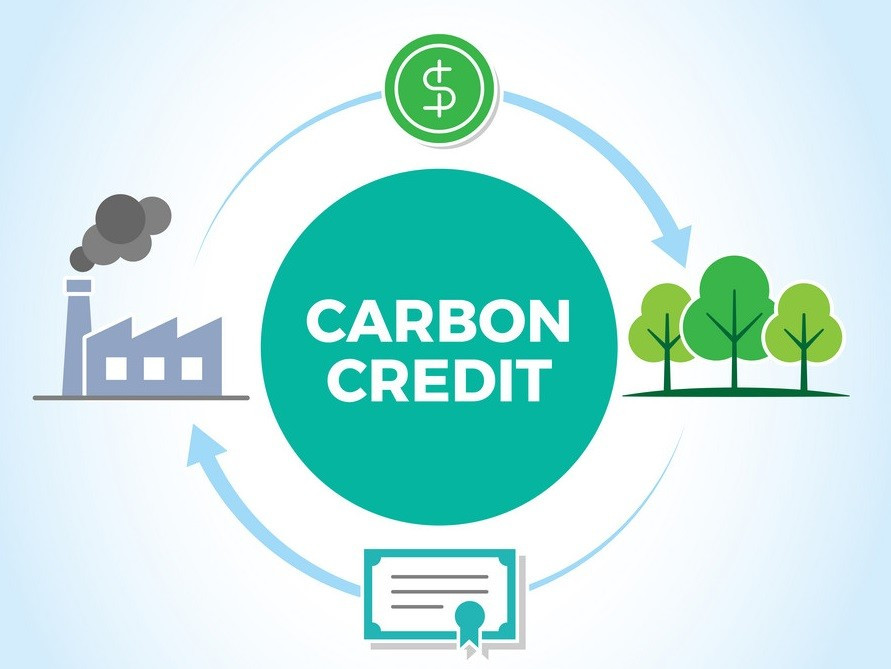The global polyamides and intermediates market, valued at USD 26.81 billion in 2022, is projected to reach USD 43.62 billion by 2031, exhibiting a CAGR of 5.7% during the forecast period of 2023-2031. This substantial growth can be attributed to the increasing demand for polyamides across various industries, driven by factors such as the need for durable, lightweight, and heat-resistant materials in automotive, electronics, and industrial sectors. Polyamides are high-performance plastics that are known for their resistance to corrosion and high temperatures. They are often used in manufacturing components for various industries, including aerospace, electronics, automotive, and telecommunications. These materials are also known for their non-adhesive and low friction qualities. Polyamide is a key class of technical and high-performance thermoplastics due to its versatile properties and applications. Its high temperature and electrical resistance, high durability and tensile strength, and abrasion resistance qualities make it ideal for use in the textile industry, consumer goods, and electrical appliances. The automotive industry, in particular, is witnessing a surge in demand for polyamides, as manufacturers seek to use lightweight materials to improve fuel efficiency and design flexibility. This trend is further boosted by the increasing use of bio-based polyamide, which is considered eco-friendly. To reduce the weight of automobiles, polyamide intermediate chemicals are being used to replace traditional metal parts, such as nuts and bolts. However, one of the challenges associated with polyamide intermediate chemicals is their ability to absorb moisture, which can reduce the material's tensile strength. The global polyamide market is anticipated to face challenges related to supply chain disruptions, including those caused by factors like the COVID-19 pandemic and geopolitical tensions. These challenges can lead to fluctuations in raw material prices and production capacity, potentially impacting the availability and cost of polyamides. The Asia-Pacific region is the largest consumer of polyamide resin and is projected to experience the fastest growth rate during the forecast period. China and Japan are the leading countries in polyamide usage, with China experiencing a significant surge in car demand. The market for polyphthalamide (PPA) is poised for considerable growth, with the global market valued at US$1.1 Billion in 2023 and projected to reach US$1.6 Billion by 2030, growing at a CAGR of 5.9%. PPA's robust properties, including its high thermal resistance and mechanical strength, have made it a popular choice for various applications. In the automotive sector, PPA is widely used in the production of under-the-hood components such as fuel line connectors, coolant pumps, and air intake manifolds, where its ability to withstand high temperatures is critical. The electrical and electronics industry relies on PPA for manufacturing connectors, circuit breakers, and housings, taking advantage of its excellent electrical insulating properties and flame retardancy. PPA is also used in the industrial sector for manufacturing gears, bearings, and valve components, benefiting from its durability and resistance to wear and chemicals. The consumer goods industry also utilizes PPA to produce high-performance sports equipment, power tools, and household appliances, where its strength and durability enhance the longevity of the products. ## The Evolution of PPA Technology and Applications The technology and applications of PPA are continually evolving, driven by innovations that aim to enhance its performance and expand its uses. ### Emerging Trends in PPA One of the prominent trends is the development of PPA composites reinforced with glass or carbon fibers. These composites offer improved mechanical strength and rigidity while maintaining lightweight properties, making them ideal for applications where both strength and weight reduction are crucial. Advancements in polymer processing techniques are enabling the production of more complex and precise PPA components, further broadening its applicability in high-tech industries. The push towards sustainability is leading to the exploration of bio-based alternatives and recyclable PPA composites. This trend is driven by environmental concerns and regulatory pressures, making PPA a more environmentally responsible choice. Ongoing research is focused on enhancing the flame retardant and thermal properties of PPA through the incorporation of advanced additives, extending its suitability for even more demanding applications. Another notable trend is the increasing use of PPA in 3D printing and additive manufacturing. This opens new opportunities for rapid prototyping and custom part production, allowing for more efficient and cost-effective production of specialized components. ## Driving Forces Behind PPA Market Growth The growth in the Polyphtalamide market is driven by several factors: * Expanding Automotive and Electronics Sectors: The expanding automotive and electronics sectors, with their need for durable, heat-resistant, and lightweight components, are significant drivers for PPA. * Technological Advancements in Polymer Processing: Advancements in polymer processing and the development of PPA composites are enhancing the material's performance and cost-effectiveness, encouraging broader adoption. * Sustainability Focus and Eco-friendly PPA Products: The growing focus on sustainability and the development of eco-friendly and recyclable PPA products are also propelling market growth, driven by regulatory pressures and consumer demand for environmentally responsible solutions. * Rise in Demand for Advanced Industrial Components and Consumer Goods: The rise in demand for advanced industrial components and consumer goods that require high-quality materials is contributing to market expansion. * Continuous Research and Development: Continuous research and development efforts to create innovative PPA products with enhanced properties and broader application scopes further support market growth. These factors collectively ensure robust growth in the Polyphtalamide market, underscoring its essential role in advancing material science and industrial applications. ## Looking Ahead The global polyphthalamide market is expected to continue its upward trajectory, driven by the growing demand for high-performance materials in various industries. The ongoing focus on sustainability and the development of eco-friendly PPA solutions will further propel market growth. As technology continues to advance, we can expect even more innovative applications of PPA to emerge, solidifying its position as a crucial material in the future of manufacturing and engineering. ## Conclusion The Polyphthalamide market is experiencing significant growth, driven by factors such as the expanding automotive and electronics sectors, technological advancements, and increasing demand for sustainable solutions. The market is poised for continued expansion, offering promising opportunities for players in the industry. ## The Last Word As the global economy continues to evolve, the demand for innovative and high-performance materials like polyphthalamide will only grow. The industry is well-positioned to capitalize on this growing demand, contributing to the development of advanced technologies and solutions across a wide range of sectors.
Hans Müller
Editor
Bringing you in-depth analysis and insights.


















